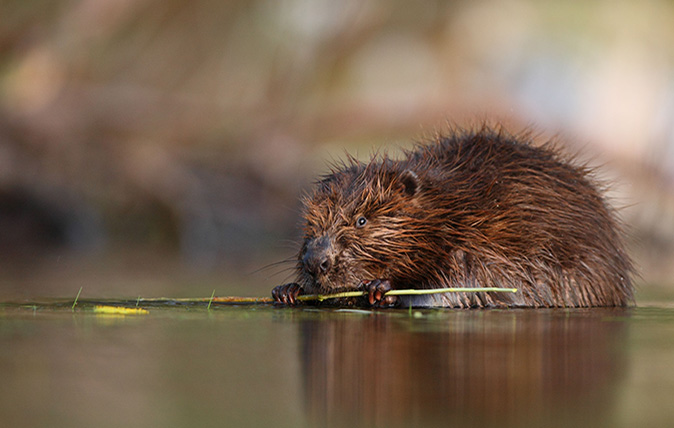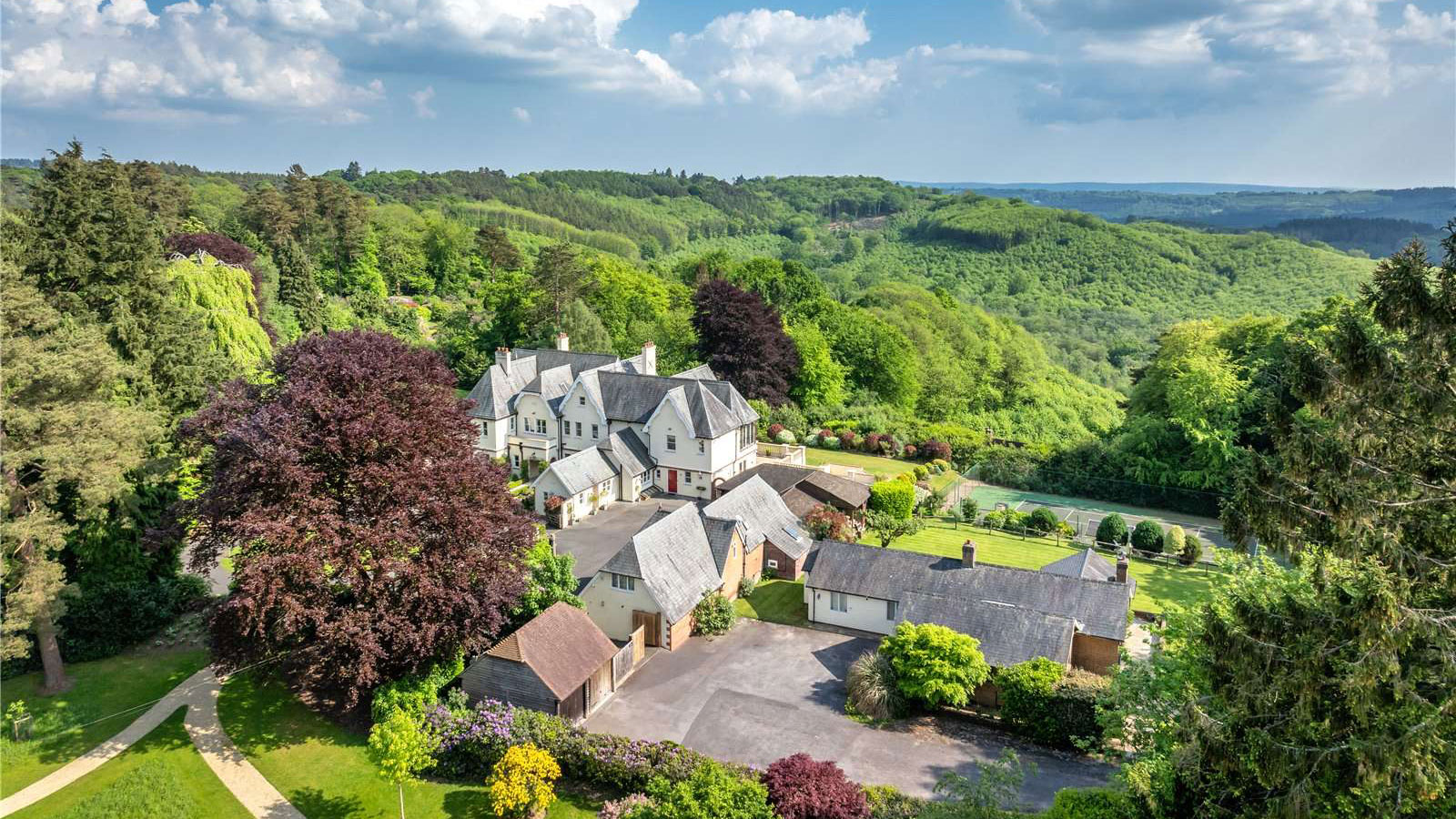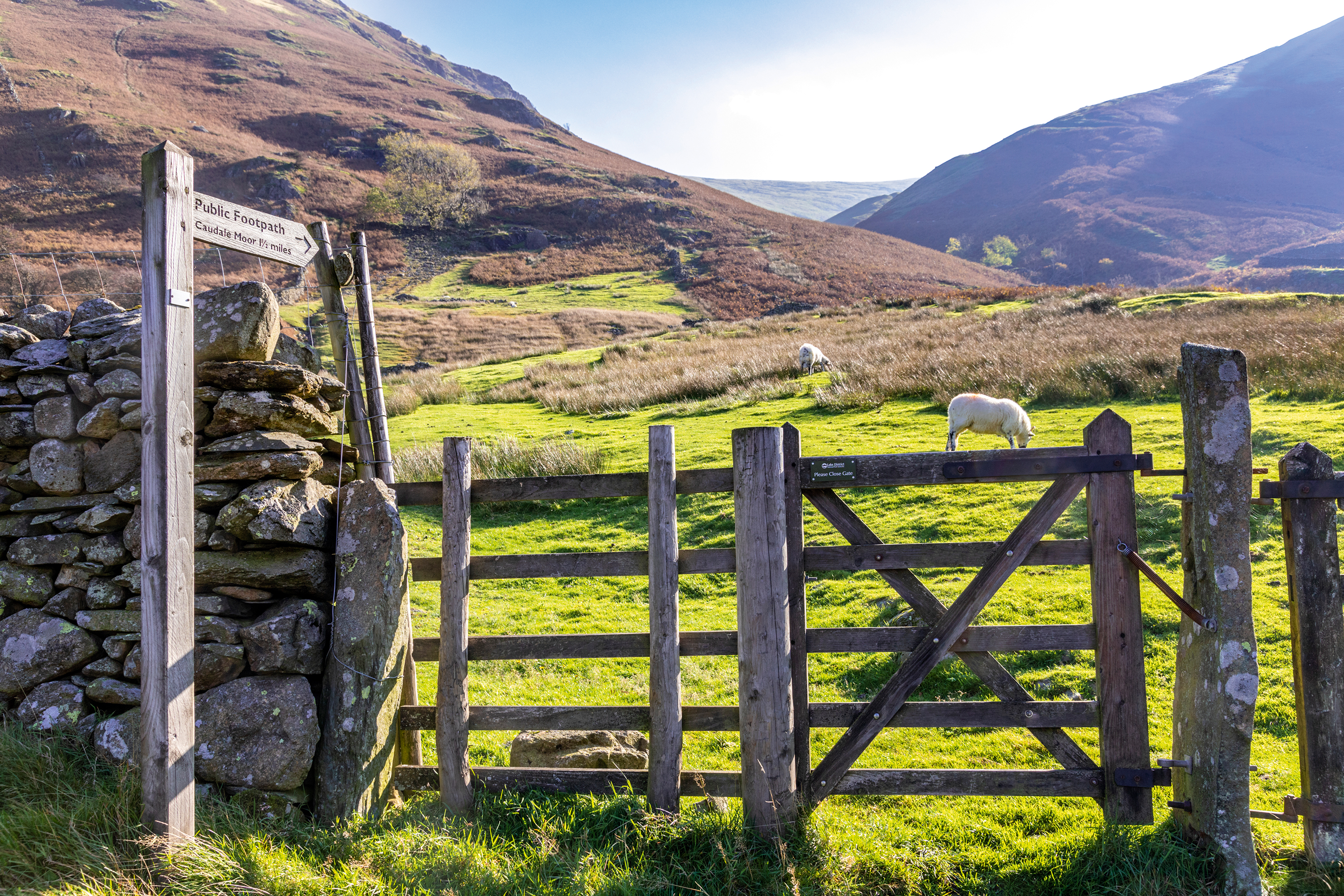What is the future for UK beavers?
Landowners and conservation groups are still awaiting the government response to the Beavers in Scotland report, to determine the future of this divisive creature


Publish and be dammed: landowners and conservation groups are still awaiting the government response to the Beavers in Scotland report
By Julie Harding
As Scotland’s beaver population gets busy remodeling the local landscapes through dam-building, treefelling and lodge-making, there seems to be rather less activity in Holyrood when it comes to passing legislation on Britain’s largest rodent. Late last month, despite landowners and conservation groups eagerly anticipating a decision from the Scottish Government on the future of the UK’s beavers (there is also a handful in east Devon), they were left disappointed.
No announcements were forthcoming and the matter is on hold until at least after the May elections. ‘A final ruling is overdue and we would urge any incoming Scottish Ministers to resolve the matter this summer at the latest,’ comments Lindsay Mackinlay of the National Trust for Scotland.
Ministers have now had more than 12 months to consider the 204-page Beavers in Scotland: A report to the Scottish Government. This lists four possible scenarios, from full removal to widespread reintroduction across Scotland. Currently, some 140 beavers (2012 figures) live in Tayside and a smaller number in Knapdale Forest, mid-Argyll, where the 2009 trial release of 16 beavers marked the first time a mammal had ever been legally introduced into the wild in Britain.
Sarah Robinson of the Royal Zoological Society of Scotland (RZSS), which jointly managed the Knapdale trial with the Scottish Wildlife Trust, had envisaged helping the two groups meet following ministerial guidance. ‘We’re not sure what will happen now,’ she says. ‘We’re very disappointed.’
These crepuscular creatures with robust teeth, small eyes and ears and bristling whiskers polarise opinion. Farmers in low-lying Tayside, where 21 beavers were shot recently, say that they’re causing thousands of pounds’ worth of damage and require control. Conservationists are calling for their legal protection in the belief that other wildlife benefits from their sculpting of the landscape and that they help to prevent flooding in upland areas. The local tourist industry reports that visitors are flocking to see them.
Sign up for the Country Life Newsletter
Exquisite houses, the beauty of Nature, and how to get the most from your life, straight to your inbox.
Hundreds of miles further south, the Devon Wildlife Trust (DWT) reports similar keenness to view and states that its monitoring of three beaver families living in the River Otter catchment following a Natural England-licensed reintroduction is ‘going really well’.
The DWT’s Mark Elliott reports: ‘At the moment, the beavers are having little impact because of where they’re living. Landowners aren’t having problems and the only issues are people trespassing when trying to catch a glimpse. There has not been a massive population explosion and they’re slow to spread.’ As the Welsh Beaver Project looks into the feasibility of bringing the mammals into Wales, Sam Bridgewater, nature conservation manager at Clinton Devon Estates, already has first-hand experience of some of the beavers on the River Otter. ‘Problems may arise if numbers increase over 10–20 years and they move to the upper catchment and engineer the environment,’ he says.
‘We understand the good beavers can do, but the lesson to be learned from Europe is that where they are introduced, they do eventually need to be pragmatically managed.’ Sarah Robinson agrees. ‘The RZSS doesn’t imagine that beavers can be reintroduced without a management plan and part of that should be licensed culling. Currently, we have people killing beavers in the breeding season, so we face welfare issues with dead lactating females and kits starving to death. The situation is not good because there’s no clarity.’
Country Life is unlike any other magazine: the only glossy weekly on the newsstand and the only magazine that has been guest-edited by HRH The King not once, but twice. It is a celebration of modern rural life and all its diverse joys and pleasures — that was first published in Queen Victoria's Diamond Jubilee year. Our eclectic mixture of witty and informative content — from the most up-to-date property news and commentary and a coveted glimpse inside some of the UK's best houses and gardens, to gardening, the arts and interior design, written by experts in their field — still cannot be found in print or online, anywhere else.
-
 Six rural properties with space, charm and endless views, as seen in Country Life
Six rural properties with space, charm and endless views, as seen in Country LifeWe take a look at some of the best houses to come to the market via Country Life in the past week.
By Toby Keel
-
 Exploring the countryside is essential for our wellbeing, but Right to Roam is going backwards
Exploring the countryside is essential for our wellbeing, but Right to Roam is going backwardsCampaigners in England often point to Scotland as an example of how brilliantly Right to Roam works, but it's not all it's cracked up to be, says Patrick Galbraith.
By Patrick Galbraith